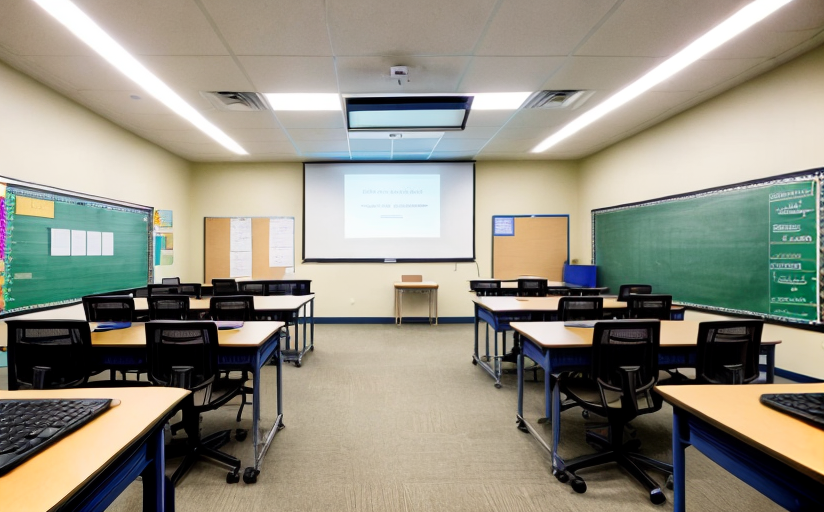The Role of Technology in Modern Education: Benefits, Challenges, and Future Possibilities
Introduction
The 21st century has ushered in an era of rapid evolution in technology, which has significantly transformed various aspects of societal functions, including education. The integration of technology in academic settings has remodelled the classroom environment, teaching methodologies, and academic management techniques, thereby heralding a new era in modern education.
Technology's Revolutionizing Impact on Education
Technology has thoroughly revolutionized the traditional education systems, permeating every facet of teaching and learning processes while providing enhanced accessibility and efficiency in academic management. From interactive whiteboards and projectors to digital textbooks and online classes, technology has transformed ordinary classrooms into dynamic learning centers.
Benefits of Integrating Technology in Education
Increased Student Engagement
Technology offers advanced teaching tools and interactive educational methods that pique students' interests and increases their engagement. For instance, educational games and digital simulations can make learning more enjoyable, leading to more substantial knowledge retention.
Personalized Learning
Thanks to adaptive learning software and personalized educational platforms, teachers can now cater to the unique learning styles of each student, improving comprehension and academic success.
Improved Accessibility and Efficient Administration
Technology has enabled the creation of advanced learning management systems, reducing administrative workload and significantly improving accessibility for students with special needs. Online platforms provide constant access to study materials and increase students' ability to learn at their own pace.
Challenges in Adopting Technology in Education
While technology provides remarkable benefits to the field of education, it also comes with its own share of challenges that need to be addressed – cost, technical proficiency, distraction, and privacy are among the prominent concerns.
High Costs
The introduction of technology into the classroom often requires significant capital investment in hardware, software, and the maintenance thereof - aspects which may be problematic for underfunded educational institutions.
Lack of Technical Proficiency Among Teachers and Students
The lack of technical proficiency among teachers and students often leads to underutilization of potential technologies. This can be addressed by offering regular training sessions and workshops to enhance tech skills among educators and students.
Distractions and Data Privacy Concerns
While technology greatly aids the learning process, it also has the potential to become a source of distractions. Moreover, the use of online platforms and cloud systems can raise data privacy concerns.
The Future of Technology in Education
The potential of technology in education is boundless, promising a future riddled with innovations. Machine learning, artificial intelligence, and virtual reality are just some of the possibilities that could become mainstays in classrooms of the future. With these advancements, we can expect a dramatic improvement in personalization, interactivity, and accessibility of education.


















Comments
Leave a Comment